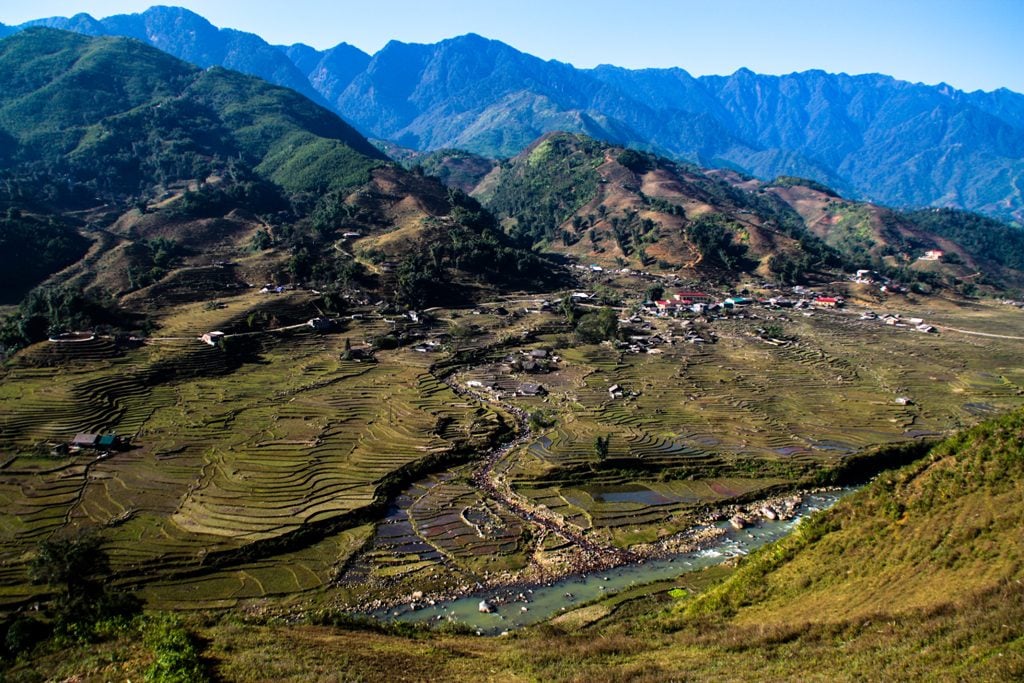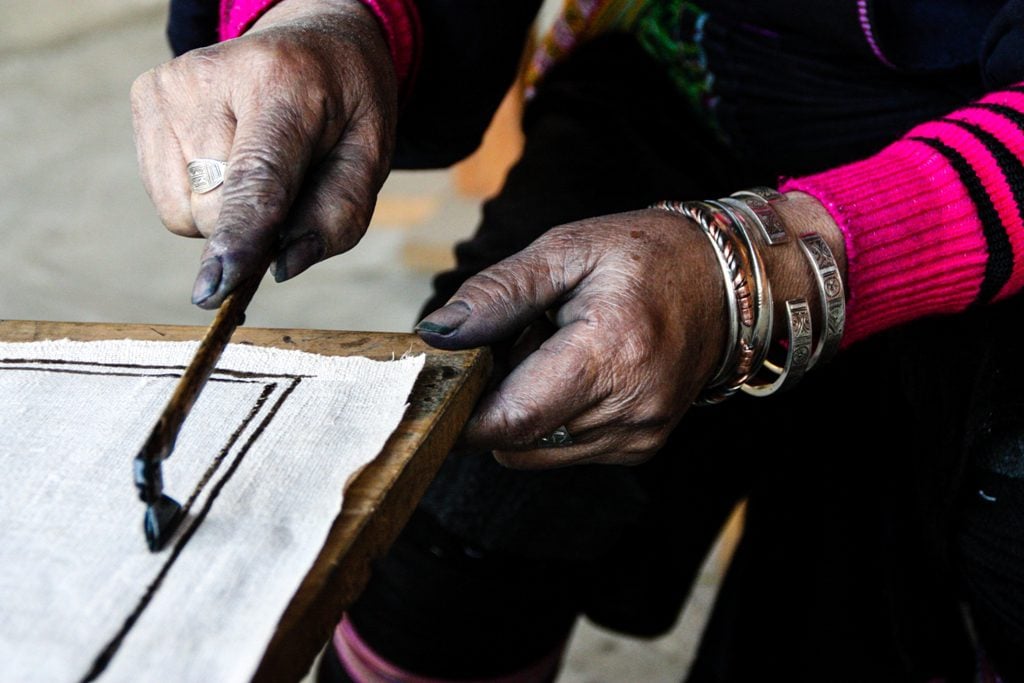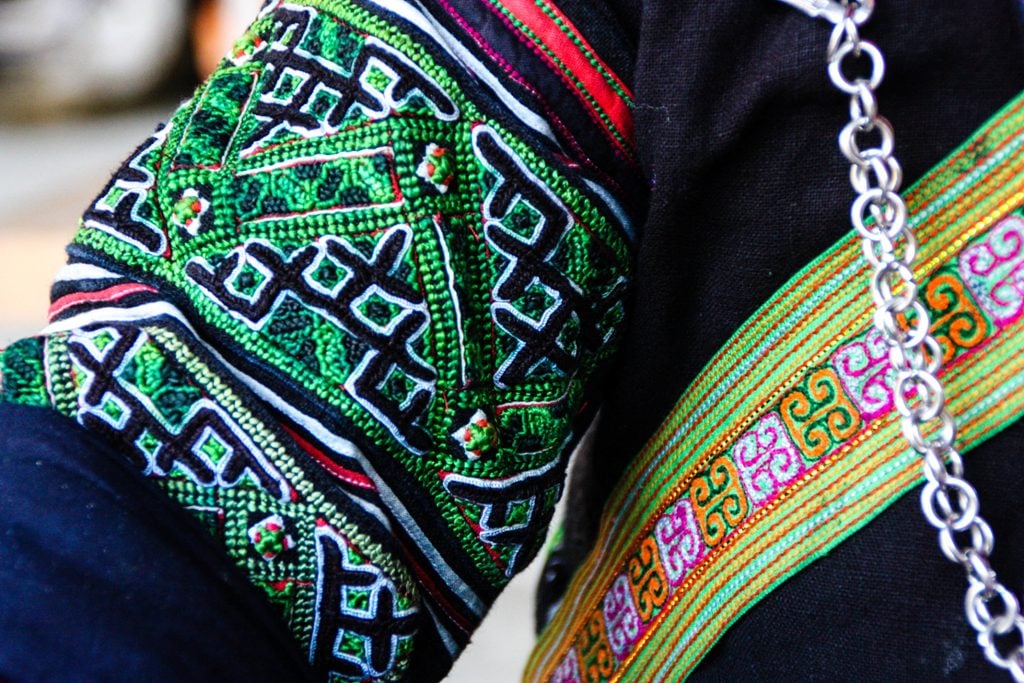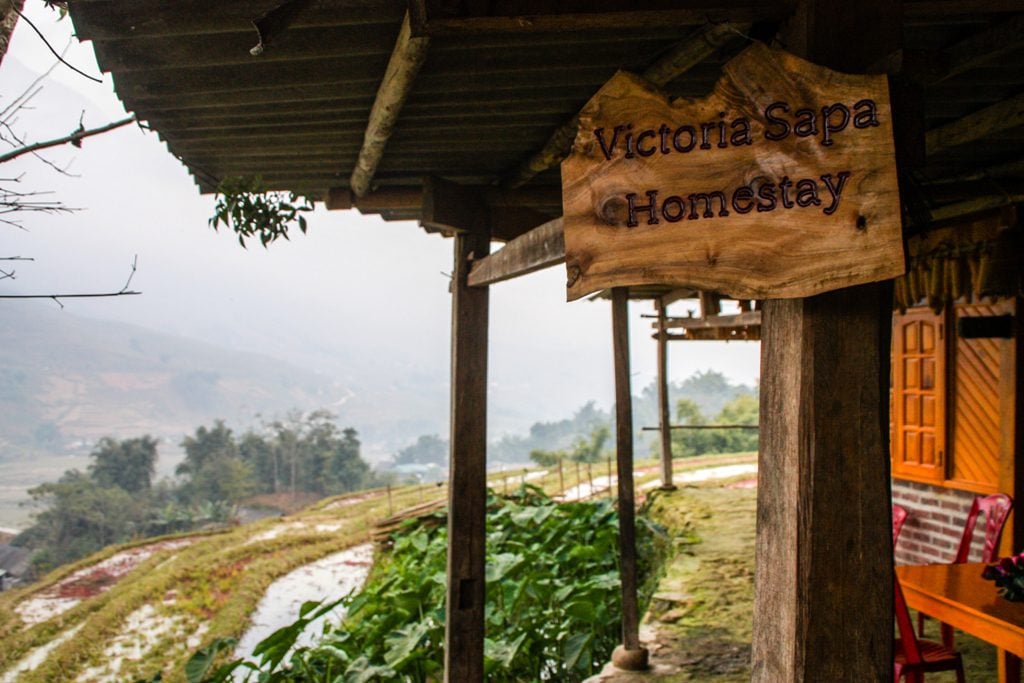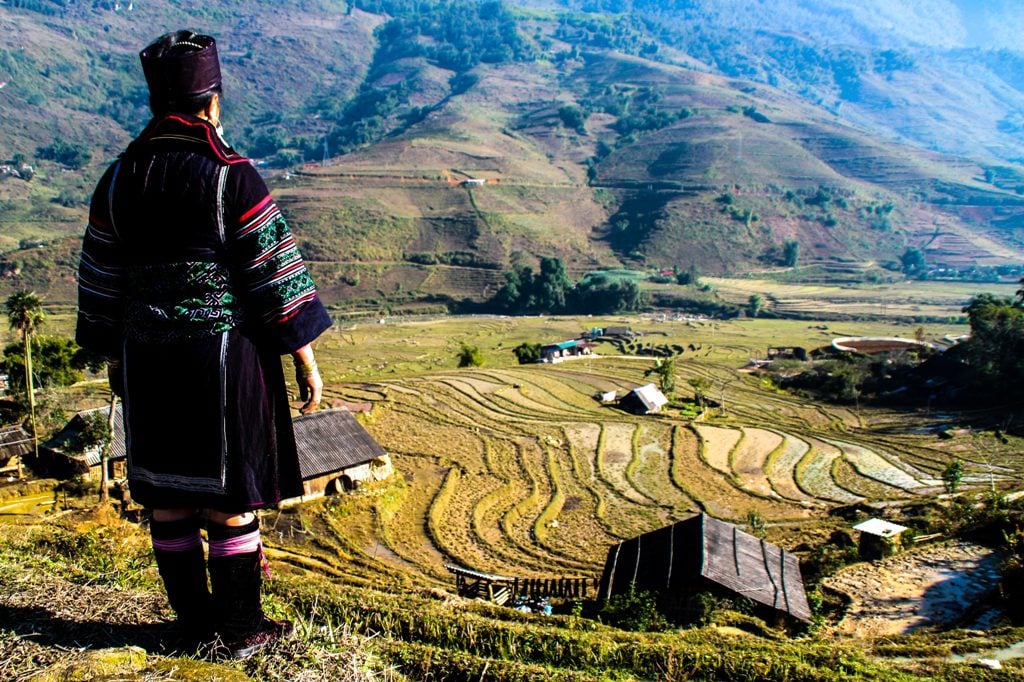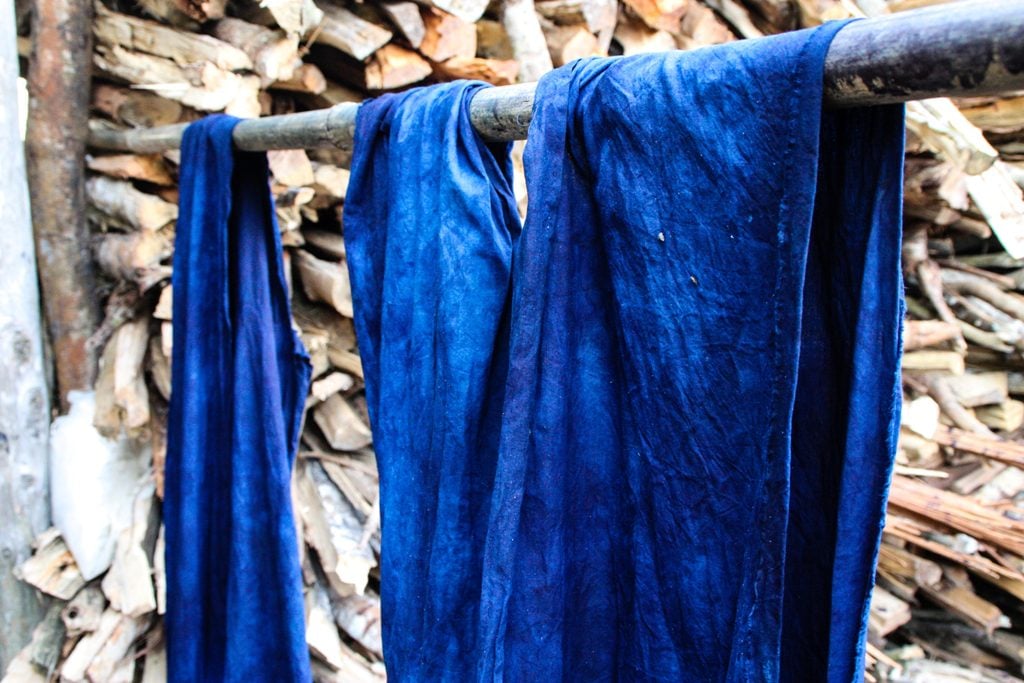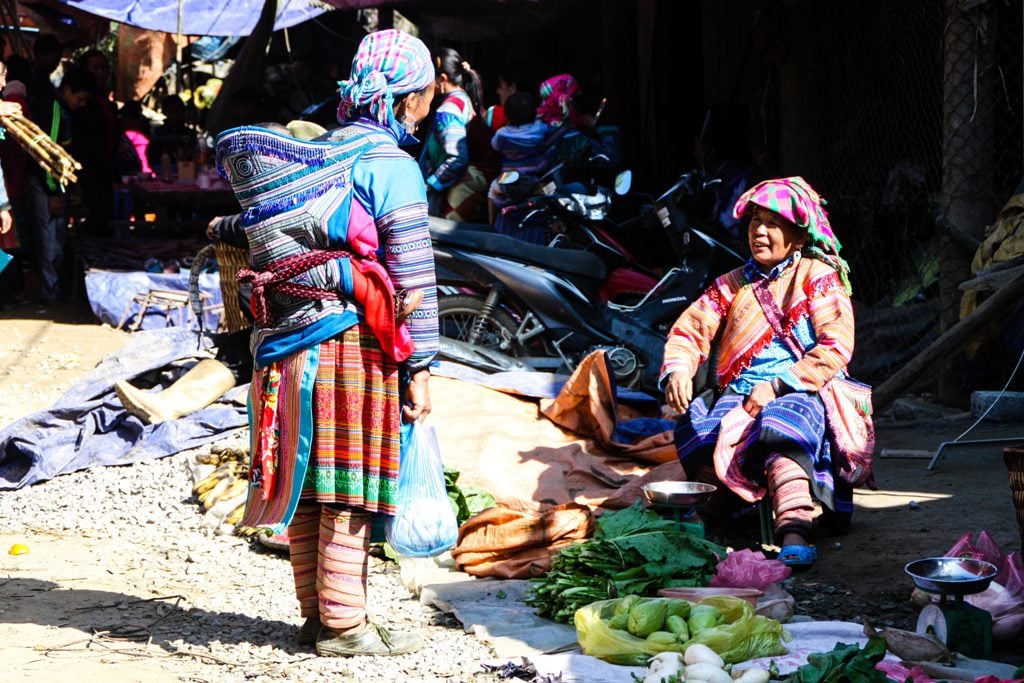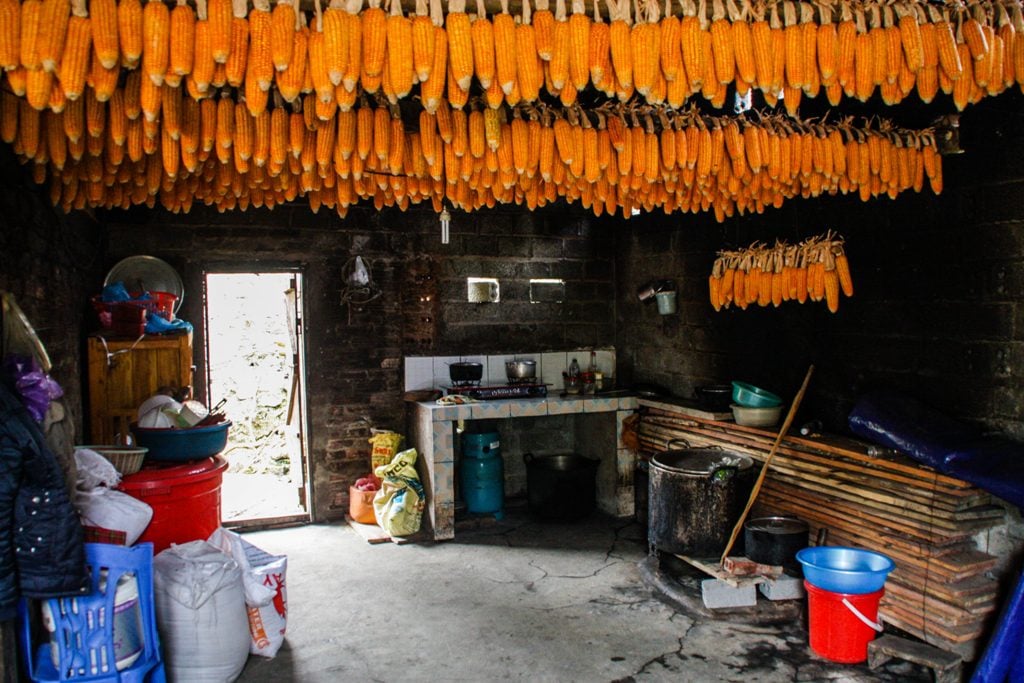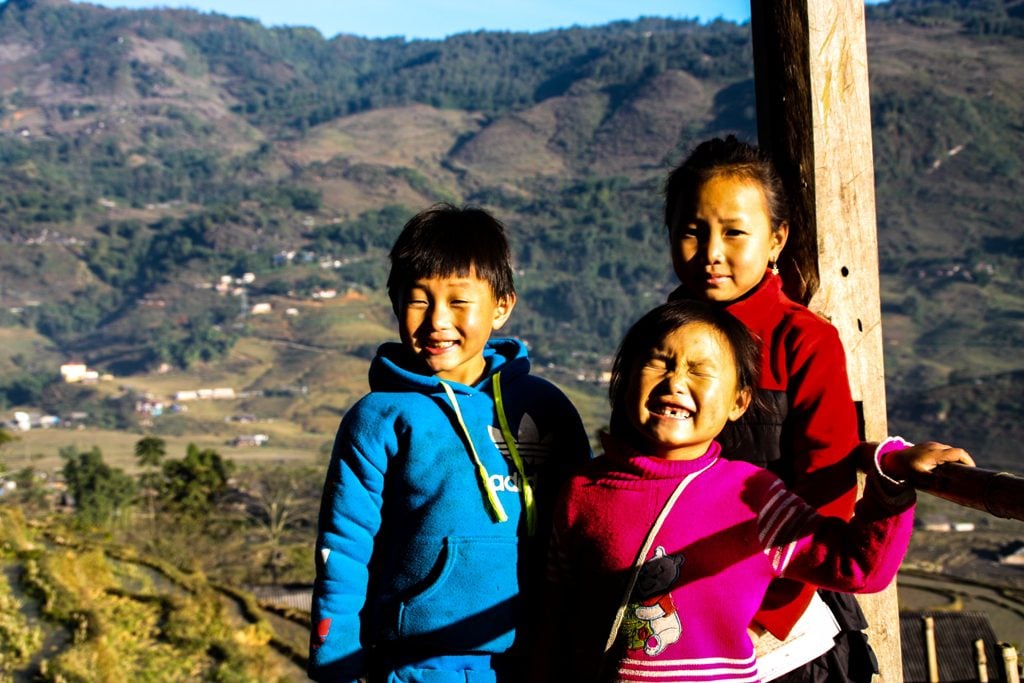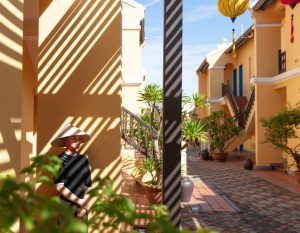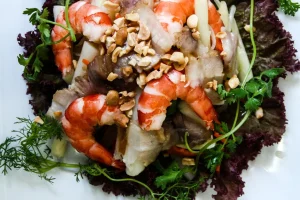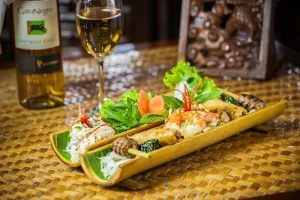The hillside town of Sapa, some 350km northwest of Hanoi, is known for its wonderfully diverse landscapes. From mesmerizing terraced rice fields to soaring mountains to silvery waterfalls, this remote Northern Vietnamese town close to the border with China has it all.
Surrounded by the magnificent Hoang Lien Son mountain range, highlighted by Indochina’s highest peak of Mount Fansipan, this picturesque mountain town is also home to a cultural kaleidoscope to go along with its colorful patchwork of green and gold rice paddy fields. Home to no less than six of Vietnam’s 54 ethnic groups, this heartland of hill tribe communities is a spectacular mix of nature and culture.
In addition to the majority Kinh (making up 86% of the Vietnamese population), the hills surrounding Sapa are inhabited by the Hmong, Dao, Tay, Giay and Xa Pho.
Hmong
Originating in the Yellow River region of China some 2,000 years ago, the Hmong (also known as the Miao), began migrating to Northern Vietnam during the 18th century as a result of conflict with the Chinese Han people. Of an estimated 14-15 million Hmong worldwide, approximately 1 million now live in Vietnam, and they make up the largest ethnic minority group in Sapa.
While there are a few different subgroups of Hmong in Vietnam, each named after the predominant element of their traditional dress, like the Flower Hmong, the Striped Hmong, and the Green Hmong, the ethnic subgroup in Sapa is the Black Hmong, pointing to the darker colors of their clothing.
One of the joys of exploring Sapa is learning to differentiate between the ethnic groups based on their dress. For the Black Hmong, look for a base of deep blueish-purple fabric, the result of hemp linen dyed with indigo, often grown right in the villages. Some of the women will often have telltale stained hands, a sure sign of the strong arts and crafts culture of the Hmong people.
The Hmong also practice batik, a process of drawing on hemp with beeswax. Some patterns can be incredibly intricate, involving pleasing geometrics and stylized patterns inspired by everyday life including animals, plants, flowers, and common tools. Once the wax drawings dry, the cloth is dyed in indigo multiple times. The beeswax resists the dye, leaving beautiful patterns in the contrasting colors of natural hemp and deep indigo.
While the Hmong men traditionally wear dark pants with a short-sleeved shirt, the Hmong women are more colorful, with embroidered embellishments on the collar or belt. If you look closely, you may be able to make out stylized flowers, spinning wheels and other motifs taken from everyday village life.
While the men are off tending to livestock or cultivating maize, rice, barley and other crops in the surrounding terraced fields, the women are usually at home looking after the house and children, with lots of time on their hand between harvests to do arts and crafts.
While there are several Hmong villages to visit within easy distance of Sapa, including Cat Cat, just 2km from town, the best way to immerse yourself in Hmong culture is with a homestay in Sapa where you can interact with a host family. Hear their stories while sharing a meal or helping around the house, or try your hand at the art of batik-making to better understand the precision and detail that goes into making this unique textile.
The Victoria Homestay is considered by many to be the best homestay in Sapa, where guests can join Moo and her family in their rustic wooden home. Live like a local with just a few touches of Victoria comfort, like crisp linens and thoughtful amenities.
However, your stay will remain very authentic as you help Moo prepare dinner over an open fire, greet the children as they come home from school, and hike the terraced fields around the home on Sapa mountain.
The Victoria Sapa Resort & Spa, the luxe sister property of the Victoria Homestay in the town of Sapa, can easily arrange a Sapa tour from Hanoi, including a stylish overnight train between Hanoi and Lao Cai, the gateway to Sapa.
Red Dzao
Originally from the Hunan province some two millennia ago, the Yao people retreated to the highlands of Southern China as the Han Chinese expanded into the region, gradually migrating to Northern Vietnam in the 13th century. According to legend, the Dzao people originated from jackals (the Chinese word “yao” also means “jackal”), and a popular folk hero is also a jackal.
Pronounced with a “z” by the Vietnamese, Dzao is also spelled “Dao” (Northern Vietnamese pronounce the letter “d” with a “z” sound). The approximately 600,000 Dzao in Vietnam make up the country’s ninth largest ethnic group, and second most populous in Sapa.
While there are several subcultures of Dzao, Sapa and surrounds are home to the Red Dzao, known for their preference of living higher up in the mountains where they raise livestock and farm.
One of the crops they grow is cotton which is used to weave into textiles which is later dyed indigo and richly embroidered. The Red Dzao are known for their headgear – scarves, headdresses, turbans – which are traditionally red and embellished with tassels, bells, and coins. Pants may also be embroidered with intricate patterns, especially in the lower half.
The Red Dzao men can often be seen in dark-colored pants and shirts, both long and short. Traditionally, there may be some decorative accents like silver flowers and red wool pompoms.
If you travel through Northern Vietnam during Vietnamese Lunar New Year, you may just be privileged enough to witness a Red Dzao Fire Dancing Festival. Held as a way to commune with the gods and to pray for health, prosperity and a good harvest as well as to ward off demons and illness, young Red Dzao men take turns dancing over hot coals in their bare feet, often kicking up the embers in a fantastic display.
However, even at other times of the year, visitors can experience Red Dzao folk culture at the Saturday evening “Love Market” in Sapa, a social gathering of young people where folk songs are sung, often accompanied by traditional instruments.
The closest Red Dzao village to Sapa is Ta Phin, a short 17km away, where you can see Red Dzao women embroidering traditional brocade and peek inside simple homes for a glimpse into everyday life of this fascinating ethnic minority group.
Tay
The third largest ethnic minority group in Sapa are the Tay who have established farming and fishing communities in Sapa’s flat, fertile valleys, close to rivers and streams. Traditionally, the Tay have cultivated rice as well as sugar cane, maize and other crops.
Some of the better known Tay villages include Ban Ho, Nam Sai, and Thanh Pu. As you walk through the Tay villages, notice the stilt houses, traditionally built above the ground to guard against wild animals.
Tay homes are also built with their back to the mountain slope (due to a superstition where entrances shouldn’t face the arrow-like mountain peak) and the front looking out to the fields. For this reason, Tay villages often consist of houses set in parallel rows.
Unlike the more colorful Dzao and Hmong, the Tay tend to wear more monochromatic clothing without much embellishment, primarily consisting of indigo-dyed cotton fabric.
Both men and women may wear belts and head scarves. Sometimes the women wear simple jewelry, including necklaces, bracelets, and anklets. Instead, decorative elements are used on household textiles like blankets and mats.
To better experience the fascinating ethnic groups of Sapa, treat yourself to Victoria Homestay, the best homestay in Sapa, where you can wake up to views over Sapa mountain and enjoy meaningful interactions with the friendly ethnic groups of Sapa.
